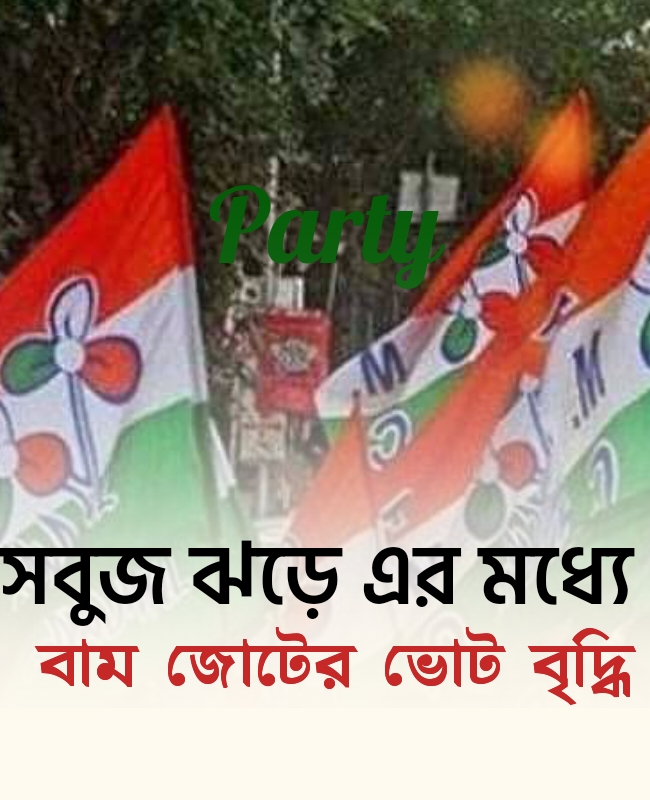A Persistent Social Crisis
Despite a gradual decline in reported cases, dowry deaths remain a grim reality in India, claiming thousands of lives each year. This interactive report explores the data, the deep-rooted causes, and the ongoing struggle for justice.
The National Picture
The data from the National Crime Records Bureau (NCRB) shows a slow but consistent downward trend in reported dowry deaths over the last decade. However, the numbers remain alarmingly high, indicating a persistent, systemic problem.
~6,400
Reported Deaths in 2022
~8,500
Peak Deaths in 2014
~7,000
Annual Average (2017-2022)
Reported Dowry Deaths in India (2010-2022)
State-Level Breakdown
The burden of dowry deaths is not evenly distributed across the country. A few states, primarily in northern India, account for a disproportionately large share of the cases, highlighting regional variations in the intensity of the problem.
States with Highest Reported Dowry Deaths (2022)
Understanding the Issue
The persistence of dowry deaths is tied to a complex web of social, cultural, economic, and legal factors. Addressing the issue requires understanding these deep-rooted causes that perpetuate violence and inequality.
Deep-rooted patriarchal norms often view women as a financial burden. Marriage is seen not just as a union of two individuals, but as a transaction between families, where dowry is a tool to assert status and control. Societal pressure to conform to these traditions is immense, making it difficult for families to resist dowry demands.
Dowry has evolved into a means of financial gain for the groom's family. The lack of economic independence and property rights for women in many parts of the country makes them more vulnerable. Families may see a daughter's marriage as a significant financial drain, while the groom's family may see it as an opportunity for material enrichment.
Although anti-dowry laws exist, their implementation is often weak. Challenges include under-reporting of cases due to social stigma, insensitive handling of complaints by law enforcement, and extremely slow judicial processes. Low conviction rates can create a sense of impunity for perpetrators, failing to deter the crime.
The Fight for Justice
Women's rights organizations like the All India Democratic Women's Association (AIDWA) have been instrumental in campaigning against dowry and demanding systemic change. Their advocacy focuses on legal reform, stronger enforcement, and addressing the social roots of the problem.
AIDWA has consistently fought against attempts to dilute crucial legal protections like Section 498A of the Indian Penal Code, which criminalizes cruelty by a husband or his relatives. They argue that weakening such laws would leave women even more vulnerable to domestic abuse and dowry-related harassment.
The organization points to low conviction rates and judicial delays as major failures of the system. They demand better sensitization of police and the judiciary, prompt registration of cases, and treating dowry-related violence as a serious crime rather than a private "family matter."
AIDWA's advocacy goes beyond just legal changes. They campaign for women's equal rights to property and land, and for greater economic independence. They believe that empowering women economically is a fundamental step in challenging the patriarchal structures that allow the dowry system to thrive.










